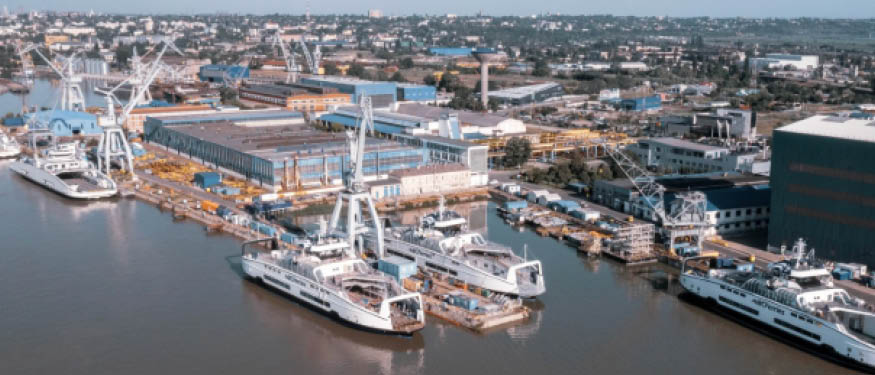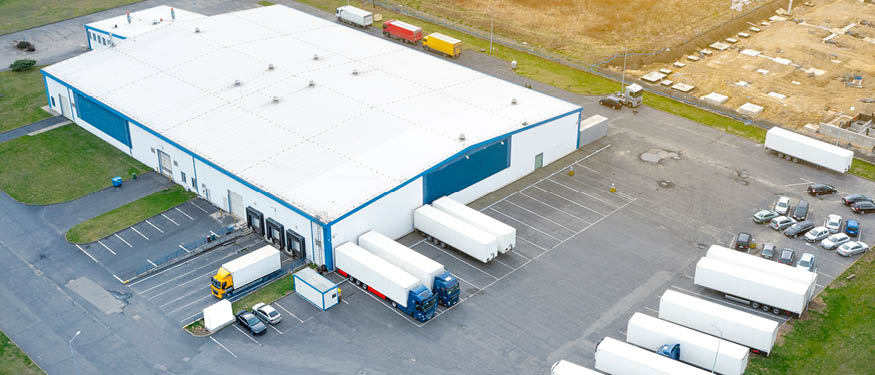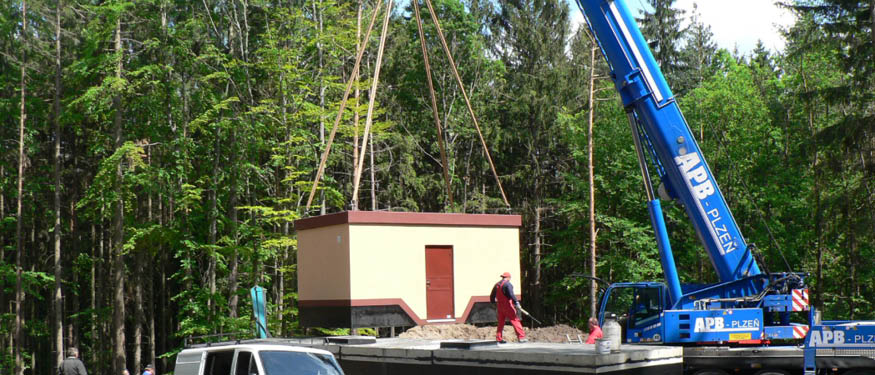Throughout its history, Serbia, located as it is at the intersection between major trading centers, has been recognized as a point of utmost importance in terms of transportation, and it remains so today. This requires constant improvement in transportation conditions and compliance with European Union regulations. In order to meet these requirements, the General Master Plan for Transport in Serbia (TMP) was adopted in 2009, providing the guidelines and plans for each transportation sector until 2027. The TMP is also the platform for current and future transportation-related projects, irrespective of the funding modality.
The most significant sector of transportation in Serbia is road transportation, so it is not surprising that the major investments are attributed to this segment. From 2014 to 2018, 1,258 kilometers of state roads were reconstructed. In 2019, it was announced that in the next three years nearly 5,000 kilometers of roads in Serbia will be rehabilitated, for which purpose the Government of Serbia shall invest EUR 1 billion. According to the Government’s plan, during this period 143 roads shall be reconstructed, including six sections of freeways (283 kilometers), 48 highways (2,054 kilometers), 80 regional roads (2,350 kilometers), and nine local roads (92.5 kilometers). Certainly, the greatest achievement in this field was the opening of the “Milos the Great” freeway – the section of Corridor 11 from Obrenovac to Preljina, in August 2019. This 103-kilometer-long freeway made travelling to Western Serbia, Montenegro, and Bosnia & Herzegovina significantly easier.
The Public Enterprise Roads of Serbia controls 2,960 bridges, and the Infrastructure of Serbian Railways JSC oversees another 956 bridges. Bridges are monitored daily, periodically, and/ or annually, and a special commission of experts is authorized to order the rehabilitation and repair of bridges when necessary.
Railway transportation is perhaps the least popular form of transportation in Serbia and its potential has barely been touched since the 1990s. As the intention of the Government is to fundamentally reform railway transportation, comprehensive modernization of the railway infrastructure and construction of new lines is in progress. At this moment, in what is the largest and most significant infrastructure project in this part of Europe, a high-speed line of 74.7 kilometers between Belgrade and Novi Sad is being constructed, which is expected to allow for speeds of up to 200 kilometers per hour. In addition, reconstruction of 68.8 kilometers of the international Corridor 10 railway and the reconstruction of 259 kilometers of regional lines were initiated during 2019.
Water transportation in Serbia has been neglected for decades, despite the importance of the Danube for Europe’s river transport. The Government has invested approximately EUR 300 million in the renovation and expansion of existing ports and the construction of new ports, as well as in reconstructing conduits on the Tisa and removing the fleets that have prevented the Danube from becoming navigable. Furthermore, the reconstruction of the ports of Smederevo, Belgrade, and Sremska Mitrovica has been planned. The greatest investment in the field of water transportation in 2019 was the privatization of the Port of Novi Sad, which is expected to become the subject of a EUR 30 million investment by its new owner, DP World, in the near future. It is expected that Serbia shall become the multimodal hub of the Western Balkans, connecting modern ports to Corridor 10.
Regarding air transportation, despite the fact that there are as many as 39 airports in Serbia, there are currently only three airports for commercial use. The largest international airport in Serbia is Belgrade Nikola Tesla Airport, the management of which was taken over by Vinci Airports in December 2018 on the basis of a concession agreement. Nis Constantine the Great Airport, outside the city of Nis, is the second largest airport in Serbia, and in June 2019 the Morava airport in Kraljevo was opened for civil transport. The Government plans to invest EUR several million in Uzice’s Ponikve Airport in order to open it for commercial use by the end of 2020.
To conclude, the improvement of transportation infrastructure and the applicable regulatory framework will contribute to positioning Serbia as a regional leader in this field in the near future.
By Igor Zivkovski, Partner, Zivkovic Samardzic Law Office
This Article was originally published in Issue 6.12 of the CEE Legal Matters Magazine. If you would like to receive a hard copy of the magazine, you can subscribe here.























